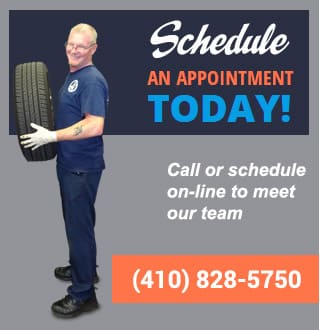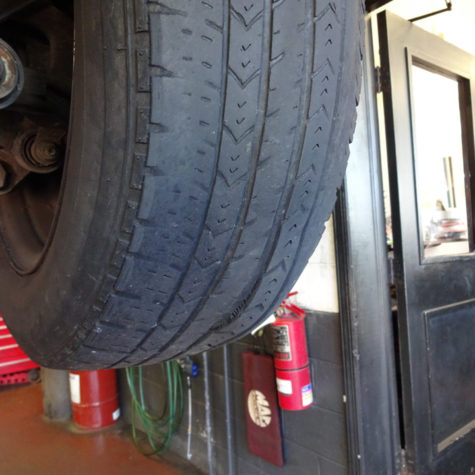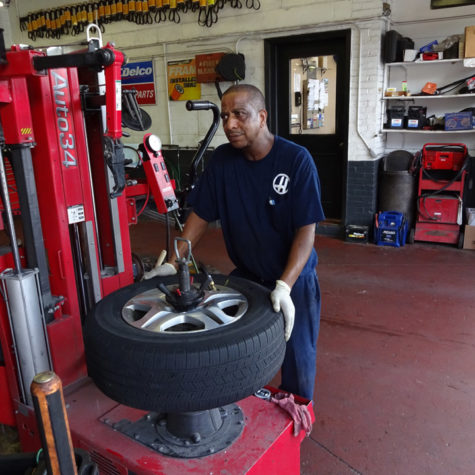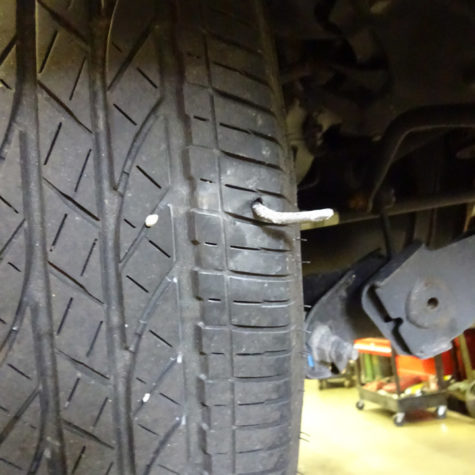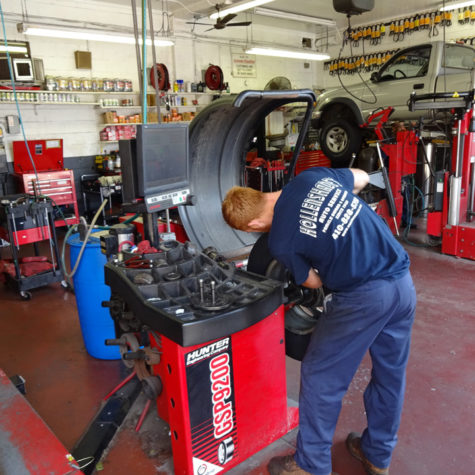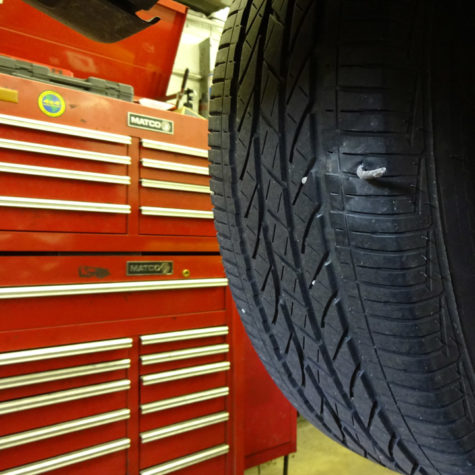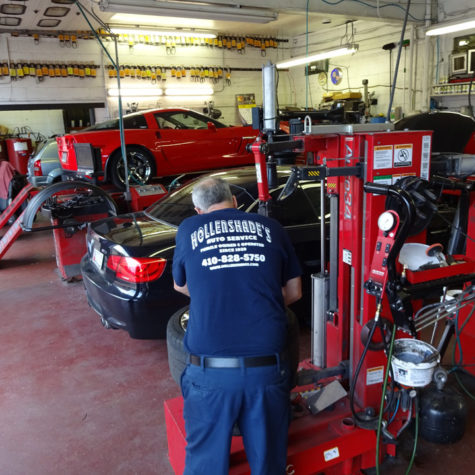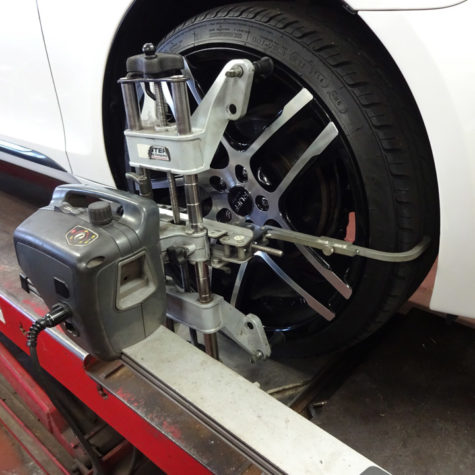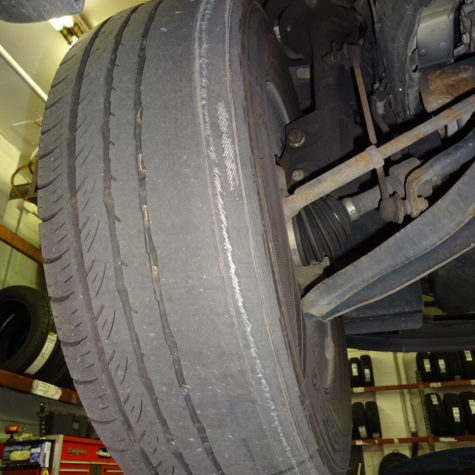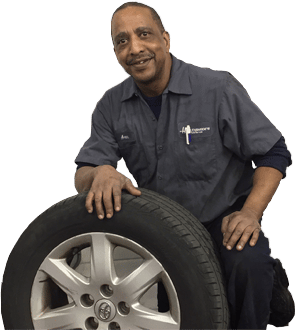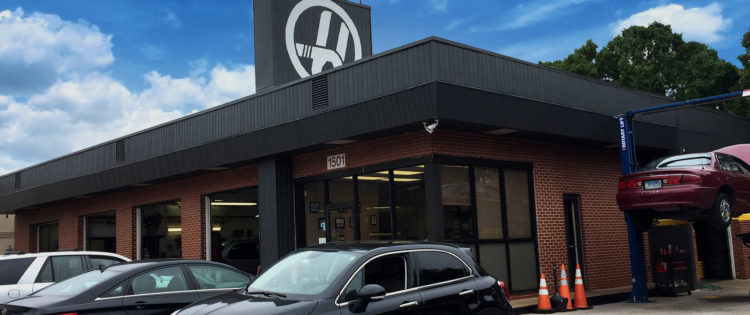
Tire & Wheel Services
Tires are the vehicle’s connection to the road which is why tire condition and longevity are very important. Due to a number of factors, such as alignment, tire pressure, and driving conditions, tires on a vehicle can wear at different rates and patterns. Rotating the tires according to the recommended schedule helps extend the life of the tires by spreading wear patterns across the surface to the tire.
Wheel Balance
At highway speeds your vehicle’s tires are like a ballerina. They perform best when balanced correctly. Wheel balance is the weight distribution between a wheel and tire assembly, both radially around the hub (referred to as ‘static’ balance) and laterally around the circumference (also called ‘dynamic’ balance). Balance of the tires being placed on the front axle should be checked at every rotation.
Tire Pressure
The tire PSI rating is the maximum pressure a tire should be run at (checked cold) for the highest allowable load on the tire. This load and pressure information is displayed on the tire sidewall. Tire pressure should be checked on all tires as incorrect tire pressure can cause tires to wear prematurely. It is best to check the tire pressure cold or prior to excessive operation. The minimum load tire pressure recommended by the manufacturer is located on a decal in the door jamb of the vehicle.
Alignment
Improper wheel alignment negatively impacts performance of the steering system. Misalignment of the steering and suspension contributes to abnormal and accelerated tire wear rates. Regular alignment checks are the best way to maximize tire life. Excessive edge wear, center wear and shoulder wear are clues that other maintenance is needed.
For more information about alignments CLICK HERE.
Tire Type
Directional tires are constructed in a patter that requires they be mounted in only one direction of rotation. This design provides greater traction but reduces the longevity of the tire on most vehicles. Directional tires can only be rotated front to back and cannot be switched from side to side. This limited rotation ability can lead to adverse wear patterns and a diminished service life. Choosing a tire with an asymmetric tread pattern is a good way to balance performance and maintainability.

